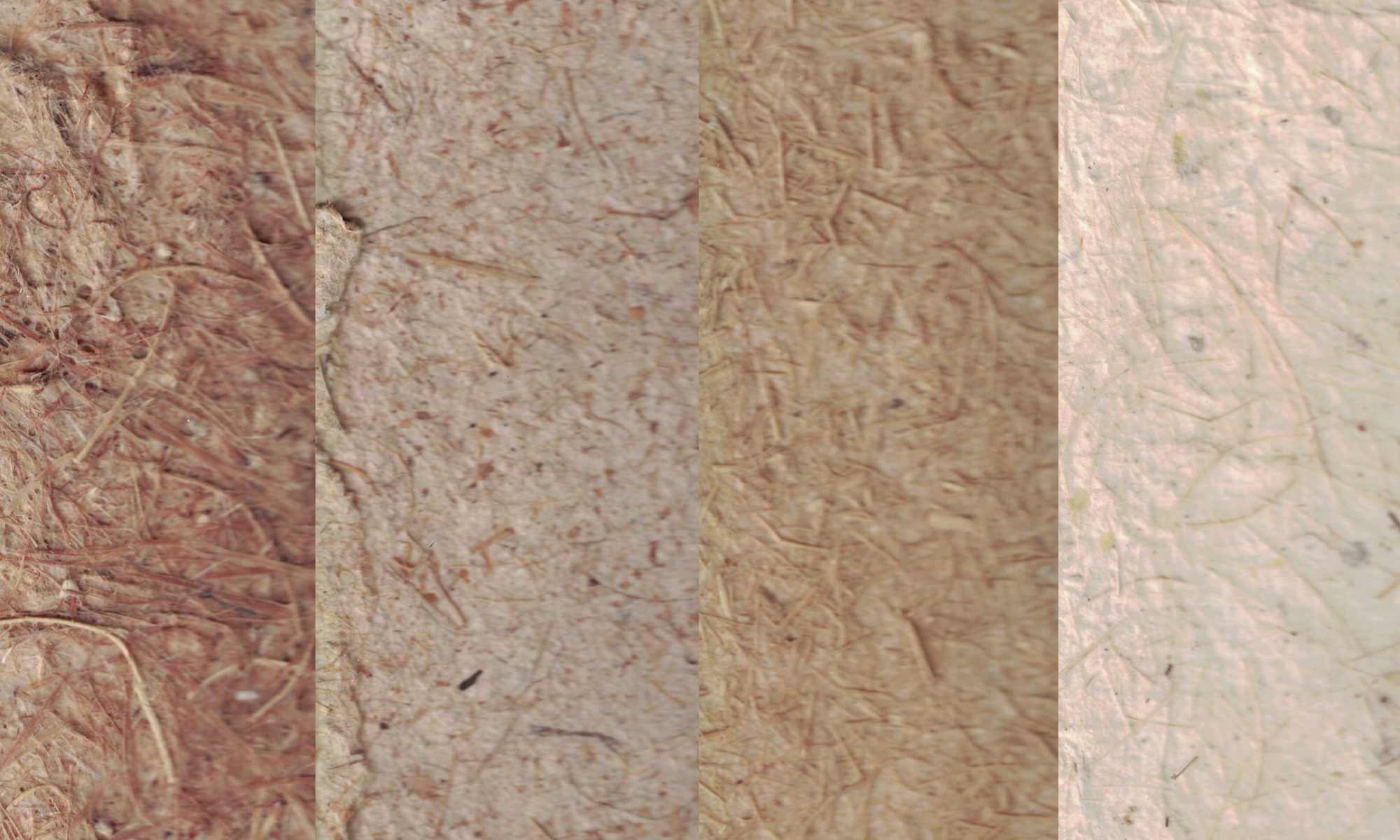I have papermaking supplies for the professional and the hobbyist. Email me for prices and availability: lymisz@gmail.com.
Paper Packets
Eight different 6×8 in. sheets of paper- contact for price.
Eight different 8×11 in. sheets of paper- contact for price.
Sample Booklet
2×3 in book with 8 paper samples- contact for price
All papers have one side smooth for writing and one side rough for decoration.
Other sizes available on request
Plants in stock:
Email: lymisz@gmail.com for prices and order form.
Tumbleweed (Russian Thistle)
Why is the plant so closely identified with the West not even American? The tumbleweed was accidentally brought to South Dakota in the 1870’s in a shipment of flaxseed. When the plant dried it broke off at ground level allowing winds to roll it, scattering thousands of seed as it moved along. The rest is history. The stems form a large prickly bushy ball. The leaves are grayish green on young plants, replaced with bractlike spiny leaves when dried. Tumbleweeds are easily found and easily processed into paper fiber. Dry tumbleweed makes a tan/brown paper. Green tumbleweed (only available in the spring) makes a pale green paper.
Aloe
Used mainly for medicinal purposes, Aloe also can be used to create interesting papers. It takes many months for aloe to dry, but then when rehydrated it comes to life again. The papers made from aloe are pinkish brown in color.
Prickly Pear
Prickly Pear is a wide spreading cactus up to 15’ in diameter. The plants are green to bluish green with circular or oblong pads up to 16 inches long and 9 inches wide in upright or sprawling chains.
When dried and the skin is removed, the inside fiber is like a golden lace. It can be ground up for papermaking or used whole for sculptures. Prickly Pear is easily processed for papermaking. Prickly Pear paper is golden in color, but not as deep a gold as that of Saguaro.
Prickly Pear Lace is the dried inner vein system of the large Prickly Pear pads.
Palm Tree Leaves
Even though the leaves of the palm tree are green, the processed fibers become reddish brown. Paper can be made without the use of linter.
Palm Tree Bark
The fibers from the palm tree bark are long and tough. They require extra processing time and beating. They create a dark reddish paper. Paper can be made without the use of linter.
Yucca
There are many types of Yucca in the desert. We mainly use Soaptree Yucca in papermaking as it has the longest fibers. Its leaves are yellowish green, long and narrow with threadlike margins and sharp spines at the end. It grows so that the arrangement of leaves channels moisture to the plant’s center.
It doesn’t take much to process yucca leaves, a quick cook in soda ash, rinse, then beat. It can make paper with or without linter. Yucca makes a creamy colored paper.
Agave
Agave is related to the yucca family. They are native to Mexico, South and Western US, and South America. Leaf color ranges from deep green to gray. They are succulents with a large rosette of fleshy leaves, each ending in a sharp point. When dried, the fibers are long and white. It makes a lovely pale yellow/white paper with little bits of fiber showing.

